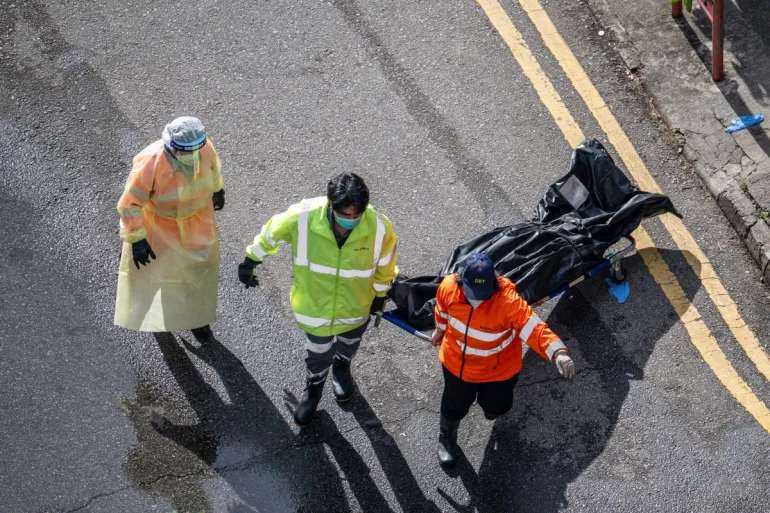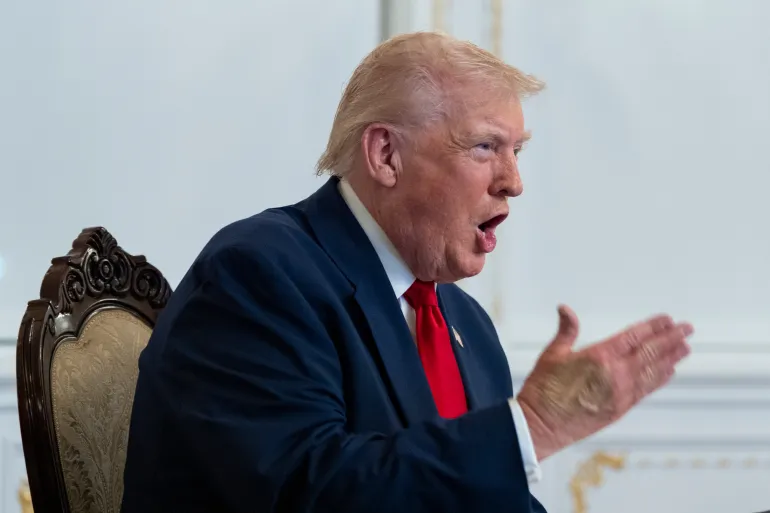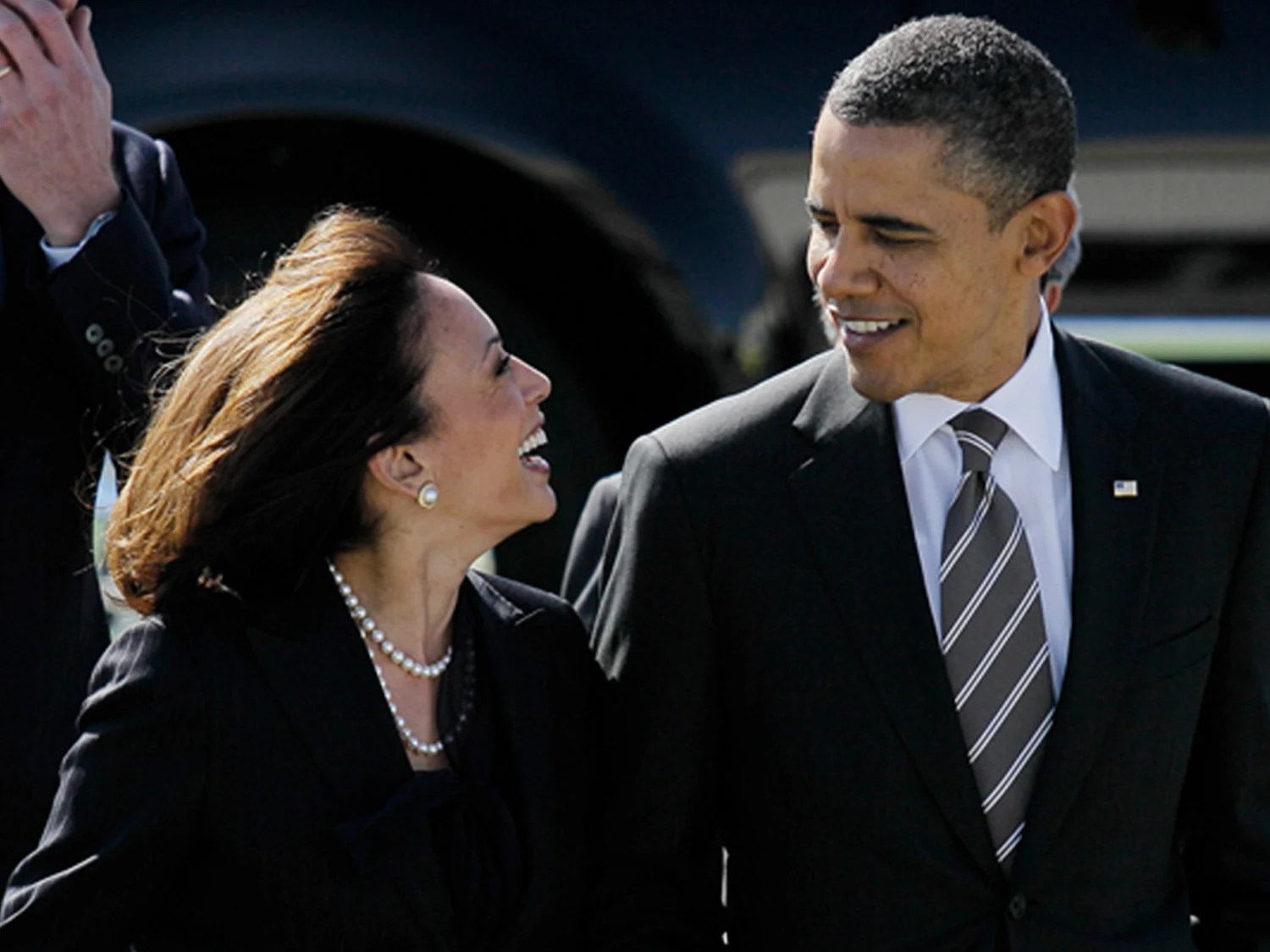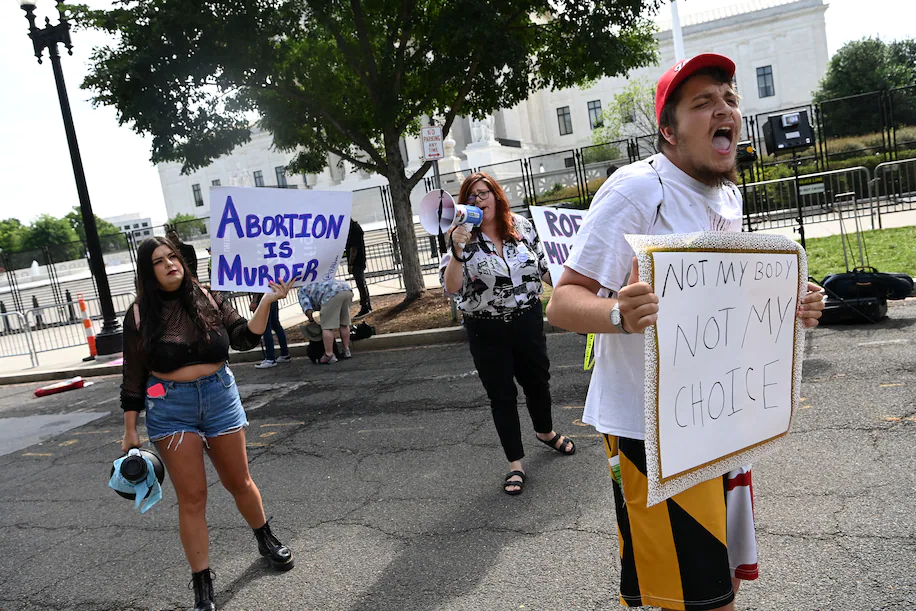The U.S. Supreme Court has ruled that presidents have sweeping authority to remove certain executive agency officials, a decision that could significantly shape Donald Trump’s potential “clean‑slate” strategy if he wins a second presidential term.
In a 6-3 decision, the court held that Congress cannot limit a president’s ability to dismiss officers hired to enforce federal laws—such as those in departments like Housing and Urban Development or Education. The majority argued that such restrictions violate constitutional separation‑of‑powers principles and undermine presidential accountability.
Chief Justice John Roberts wrote for the majority, stating that allowing Congress to block removals would give legislators too much control over executive functions. The ruling underscores the principle that only the president should decide who is fit to oversee and enforce federal regulations.
In dissent, the court’s three liberal justices warned that the decision could reduce government checks and threaten independent policymaking. Justice Sonia Sotomayor cautioned that allowing unfettered firings could politicize critical federal agencies and compromise long‑standing guardrails against abuse.
Legal analysts note that the ruling could simplify Trump’s efforts to replace career officials appointed under previous administrations. Supporters say it enhances accountability by reinforcing the president’s authority. Critics, however, warn it could lead to instability and policy swings if career civil servants are removed en masse when administrations change.
With input from AP News










The latest news in your social feeds
Subscribe to our social media platforms to stay tuned